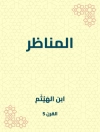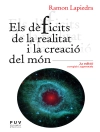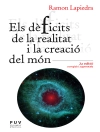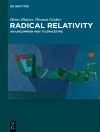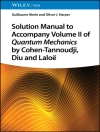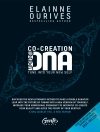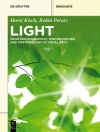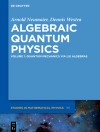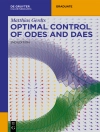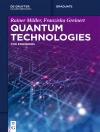This book provides a concise introduction to the physics of gravitational waves. It is aimed at graduate-level students and Ph D scholars.
Ever since the discovery of gravitational waves in 2016, gravitational wave astronomy has been adding to our understanding of the universe.
Gravitational waves have been detected in the past few years from several transient events such as merging stellar-mass black holes, binary neutron stars, etc. These waves have frequencies in a band ranging from a few hundred hertz to around a kilohertz to which LIGO type instruments are sensitive. LISA will be sensitive to much lower range of frequencies from SMBH mergers. Apart from these cataclysmic burst events, there are innumerable sources of radiation which are continuously emitting gravitational waves of all frequencies. These include a whole mass range of compact binary and isolated compact objects and close planetary stellar entities. This book discusses the gravitational wave backgroundproduced in typical frequency ranges from such sources emitting over a Hubble time and the fluctuations in the h values measured in the usual devices. Also discussed are the high-frequency thermal background gravitational radiation from hot stellar interiors and newly formed compact objects.
The reader will also learn how gravitational waves provide a testing tool for various theories of gravity, i.e. general relativity and extended theories of gravity, and will be the definitive test for general relativity.
Tabela de Conteúdo
1. Introduction to General Theory of Relativity: The book will start with a basic introduction to Einstein’s theory of general relativity (GR), history, and the background leading to understanding gravitational waves (GW).- 2. Gravitational waves: sources and production mechanisms: This chapter will look at the sources that produce GW and its physics.- 3. Transient sources of GW: This chapter will deal will the transient sources of GW, such as those emitted by binary neutron stars or black hole mergers.- 4. Continous GW: This chapter will look at the various continuous GW emitters, including thermal GWs.- 5. Primordial and background GW: The release of GW from the early universe and the background of such GW will be discussed here.- 6. Testing General Theory of Relativity using GW: We will look at how GR can be tested using GW detectors: Current detectors (LIGO/Virgo) and planned future ones (e LISA) will be discussed in this chapter.- 7. Future scope and conclusion: To conclude, we will discuss the future scope of GW astronomy and how it has changed our understanding of the dynamics and evolution of the universe.
Sobre o autor
Arun Kenath is an avid physicist and academician whose primary area of expertise is cosmology and theoretical astrophysics. He has been an invited speaker to various institutions on topics ranging from cosmology to artificial intelligence. He has worked on the theoretical framework of gravitational waves and published multiple papers on this topic. Apart from research, he is also a keen populariser of physics and astronomy. His astronomy outreach include the editorship of ‘Astrobiology Newsletter’ and ‘Astronomy and Astrophysics Newsletter’. He was also part of an international team of astrophysicists that organised an IAU sanctioned public outreach, ‘Astronomy during the pandemic’, an online lecture series.
C Sivaram is a retired senior professor from Indian Institute of Astrophysics, Bangalore. He has been an invited speaker across the globe with multiple collaborations, including with Nobel laurettes. He had also made several contributions to high energy astrophysics, including origin and acceleration of the highest energy cosmic rays, gamma ray and neutrino production. He has also contributed to deeper understanding of dark matter and dark energy, black hole physics, and gravitational waves. He is also a popular science writer with scores of articles on various aspects of physics, astronomy, biology, and environment. He is also the editor in chief of ‘Astrobiology Newsletter’ and ‘Astronomy and Astrophysics Newsletter’.


